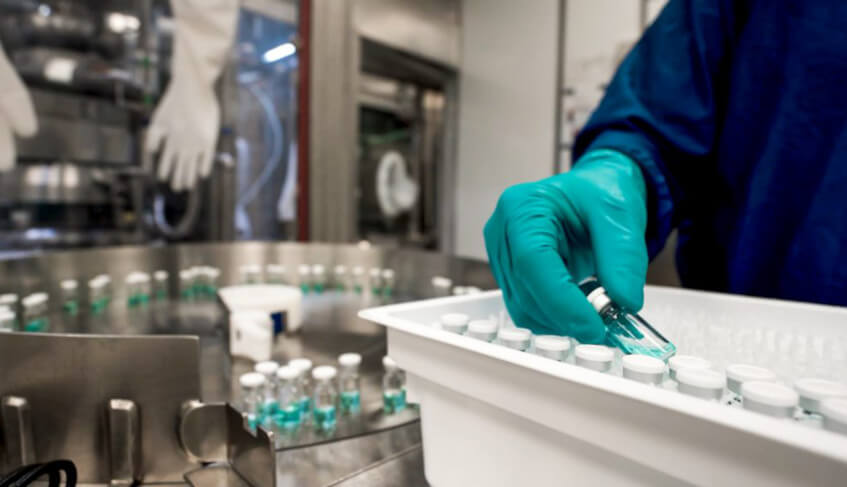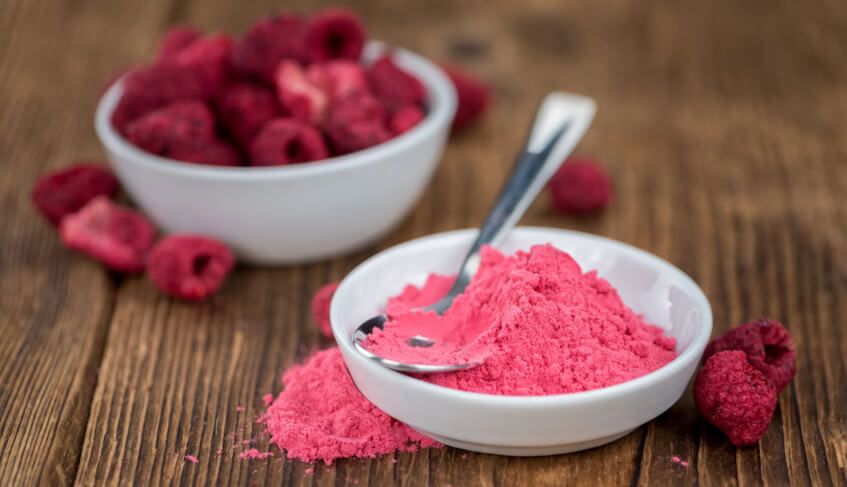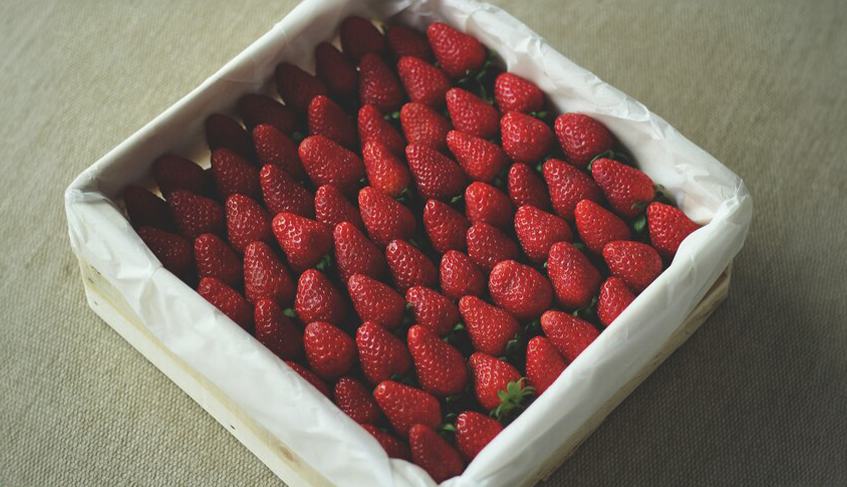Heating the product at too high a temperature may cause meltback or collapse of the product.
Condenser overload due to too much steam hitting the condenser.
- Too much steam formation
- Too much surface area
- Condenser area too small
- Insufficient cooling
- Steam choking - steam is generated faster than it can pass through the steam port, the port between the product chamber and the condenser, creating an increase in chamber pressure.

Here are a few important terms related to Freeze Dry - Lyophilization Freeze Drying
Eutectic Point or Eutectic Temperature: The point representing the minimum melting temperature at which the product exists only in the solid phase. Not all products have or may have more than one eutectic point.
Critical Temperature: During freeze-drying, the maximum temperature of the product before quality drops through melting or precipitation.
Crystal: When the material freezes, it forms crystals; has one eutectic point or multiple eutectic points. Fast freezing forms small crystals that are difficult to dry; Annealing can help form larger crystals.
Amorphous: Multicomponent mixtures that do not crystallize and have no eutectic point. They turn into a 'glass'." Freeze-drying must be performed below the glass transition temperature.
The point where the product becomes too soft to support its own structure. This can be a problem for many reasons:
- Loss of physical structure
- Incomplete drying
- Reduced resolution
- Multiple ablations (splats)









